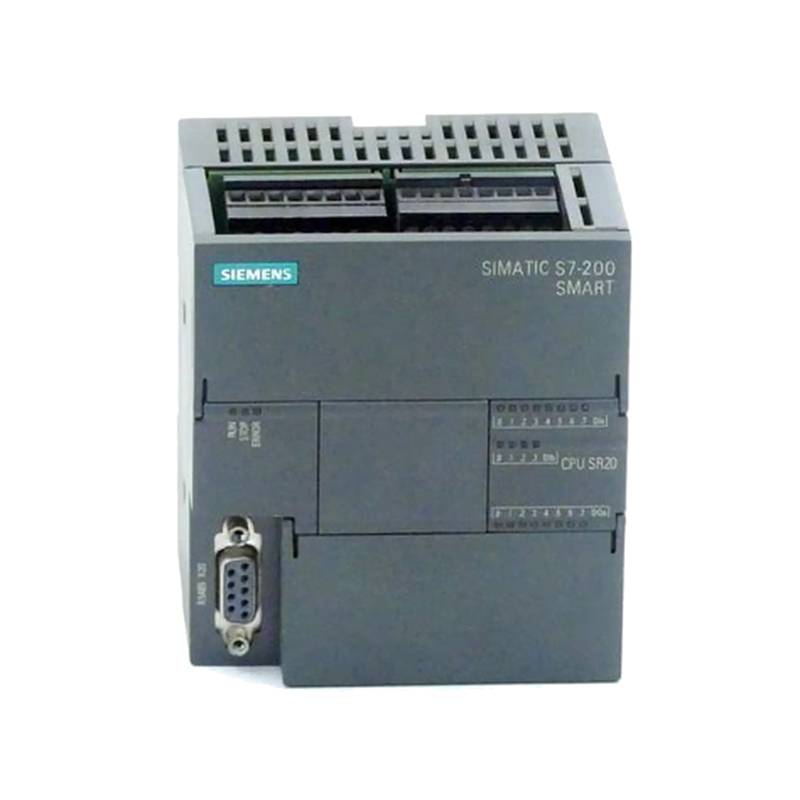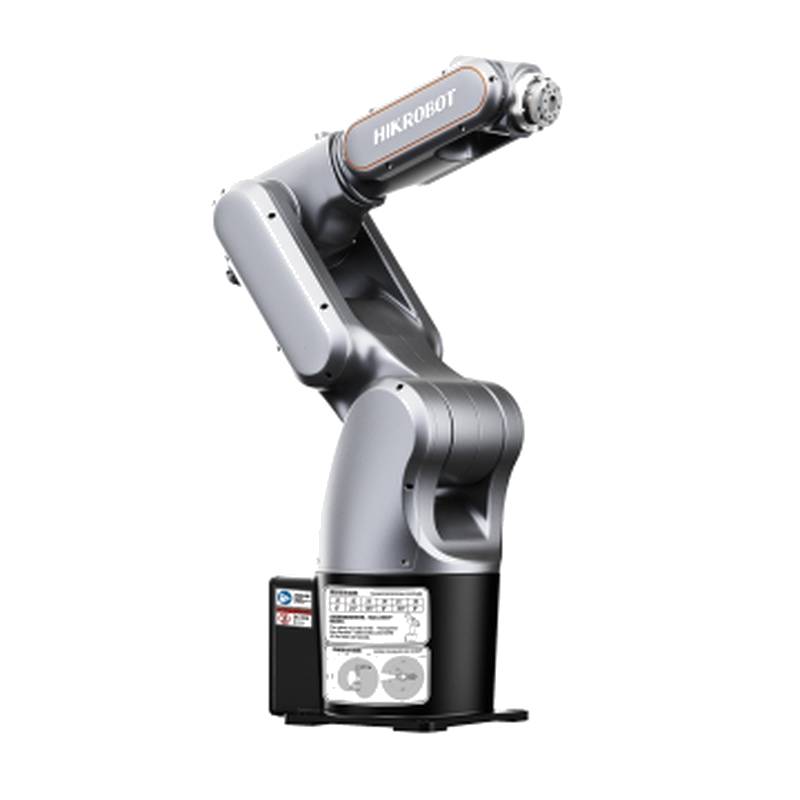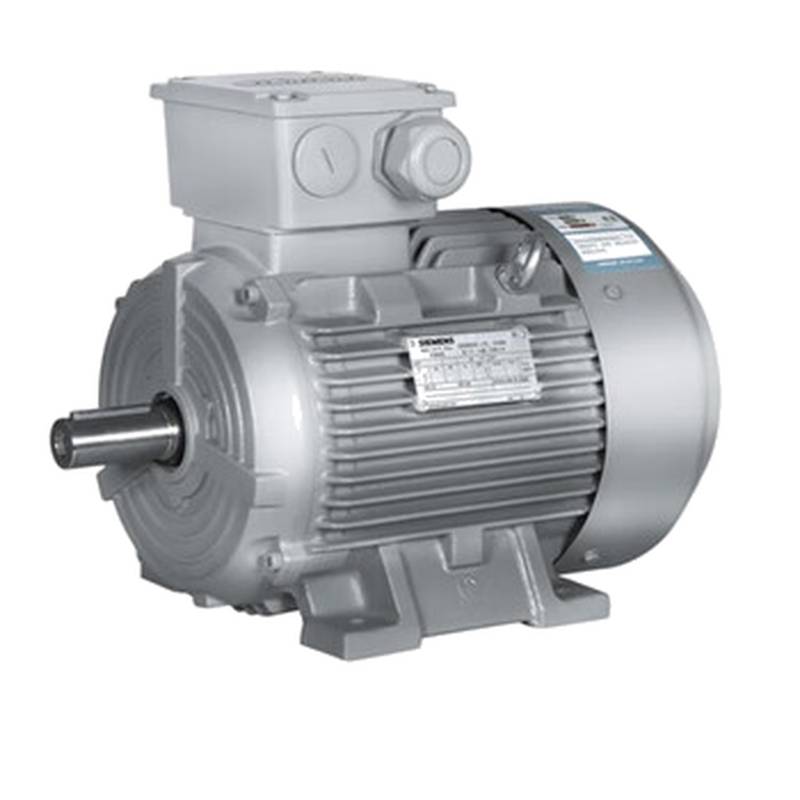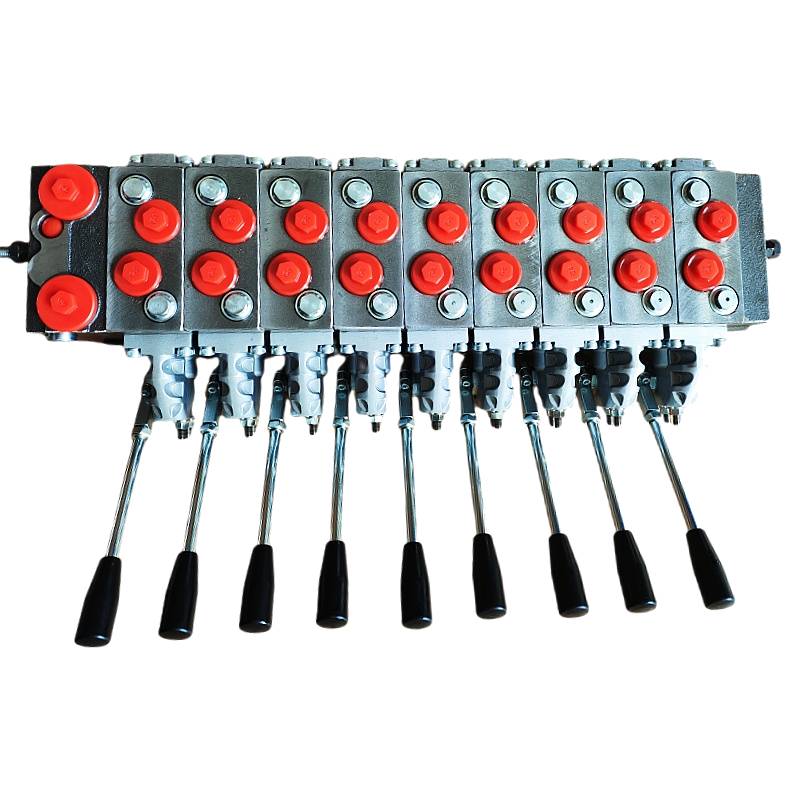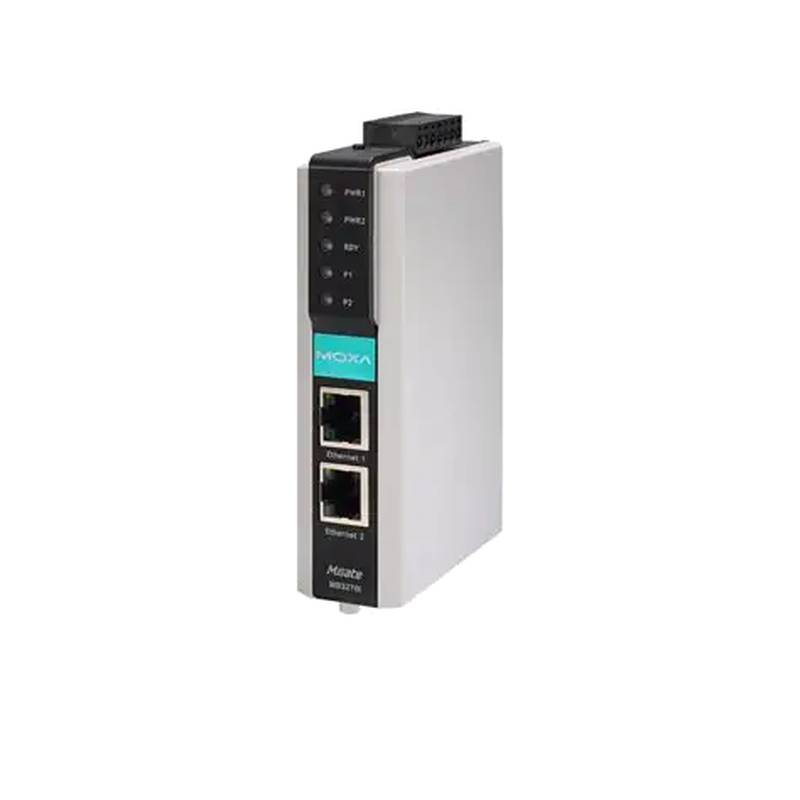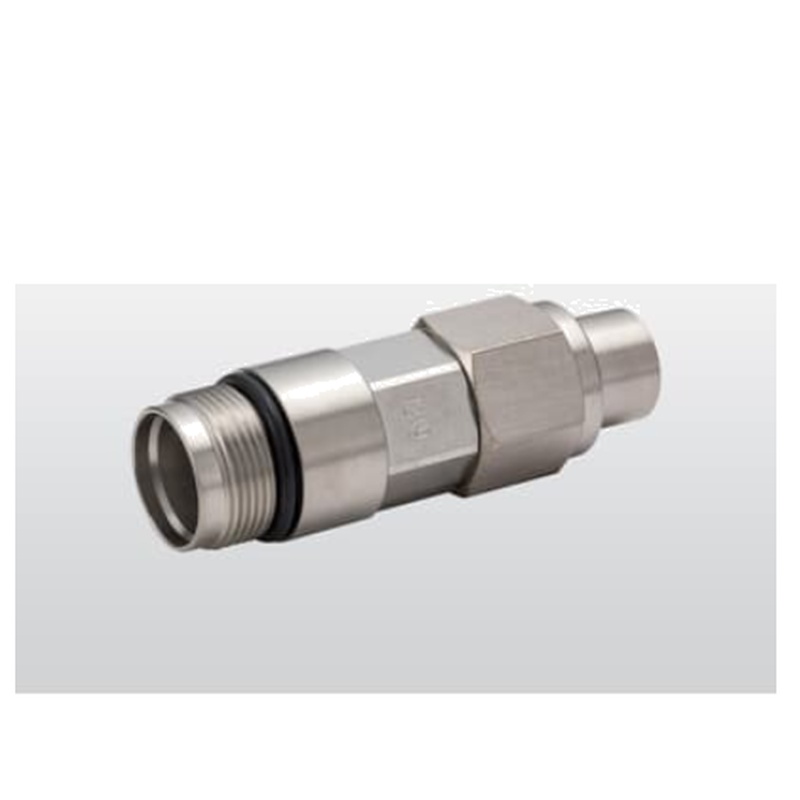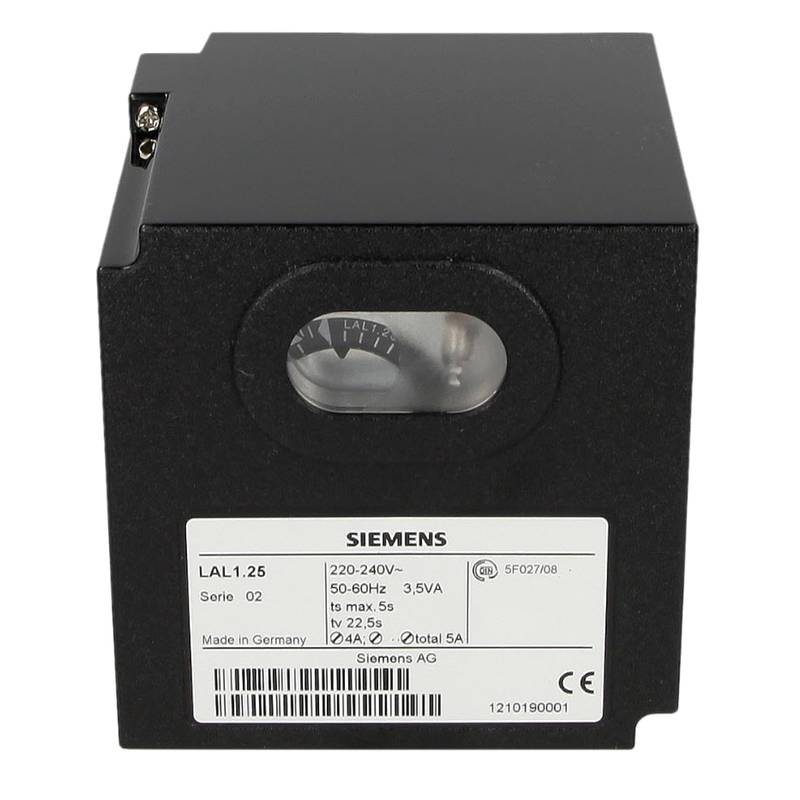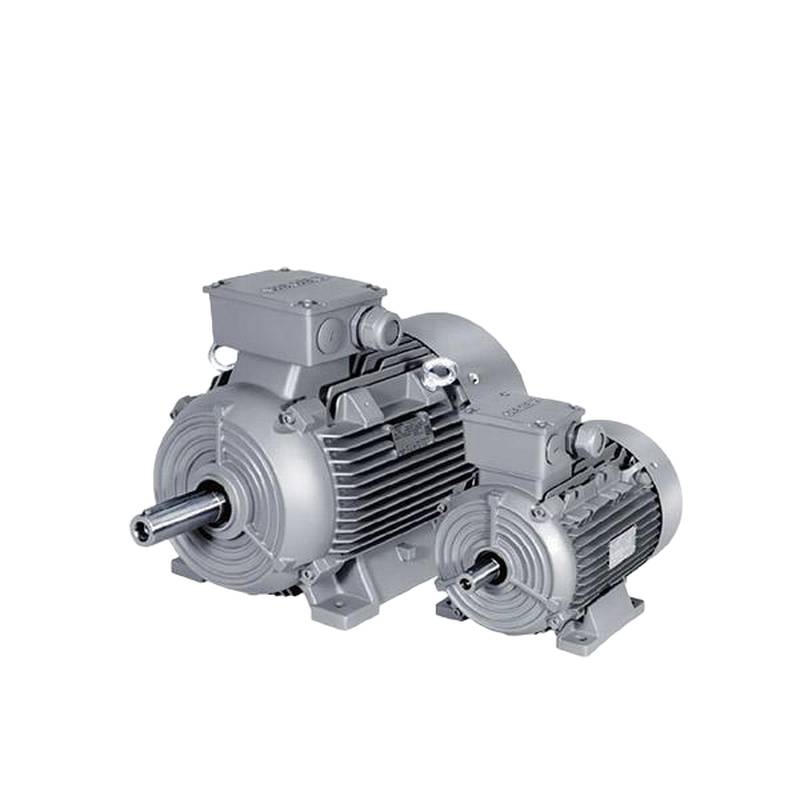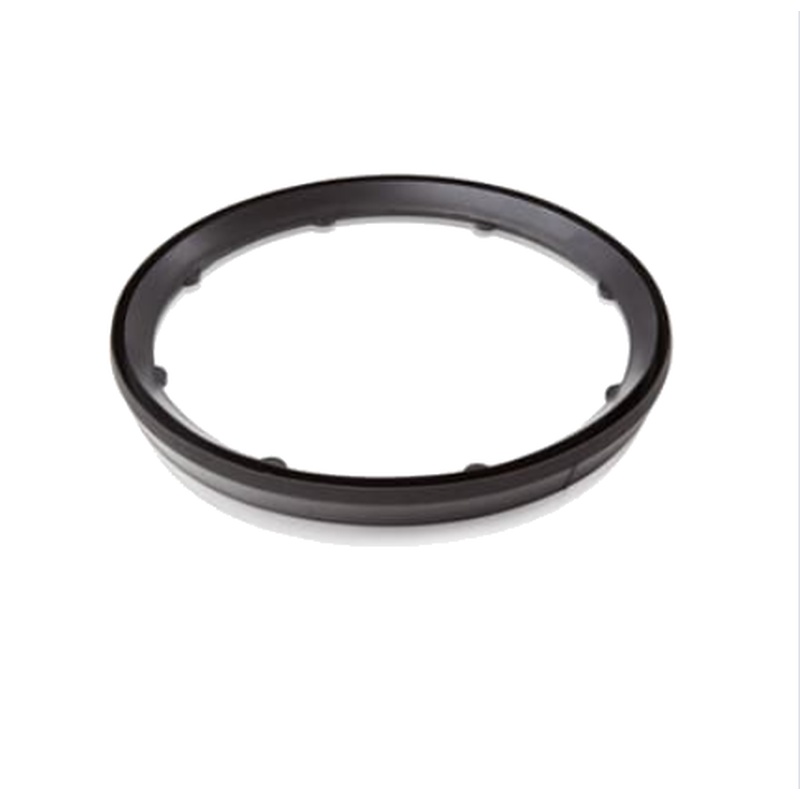
The Siemens 6ES7288-1CR40-0AA1 is a robust 32-point relay output PLC module designed for industrial automation, offering high reliability and precise control in demanding environments. Its key advantages lie in its expansive I/O capacity, robust relay switching capabilities, and seamless integration within the Siemens SIMATIC ecosystem. Crucial technical parameters include its 32 relay outputs, 250VAC/30VDC maximum switching voltage, and a switching current of 2A per channel, providing substantial capacity for various control tasks. This module is engineered for applications requiring dependable switching of higher current loads or galvanic isolation between control circuits and the process.
Product Specifications
| Feature | Specification |
| :---------------- | :------------------------------------------- |
| Product Type | PLC Digital Output Module |
| Manufacturer | Siemens |
| Model Number | 6ES7288-1CR40-0AA1 |
| Output Type | Relay |
| Number of Outputs | 32 |
| Max Switching Voltage (AC) | 250 V |
| Max Switching Voltage (DC) | 30 V |
| Max Switching Current (per channel) | 2 A |
| Isolation | Galvanic isolation |
| Voltage Supply | Via backplane |
| Dimensions | Varies by S7-200 SMART base system |
| Operating Temperature | 0°C to 55°C (typical) |
| Protection Class | IP20 (typical for enclosure) |
Core Features & Market Positioning
The Siemens 6ES7288-1CR40-0AA1 distinguishes itself through its high density of 32 relay outputs, a significant advantage for complex control systems requiring numerous switching points. The inherent galvanic isolation provided by the relay contacts is a critical differentiator, ensuring protection for sensitive control electronics from voltage spikes and noise present in industrial environments. This feature is paramount in preventing ground loops and enhancing overall system stability. Positioned as a reliable workhorse for the S7-200 SMART platform, this module offers a cost-effective yet powerful solution for small to medium-sized automation tasks where robust output switching is essential. Its integration capabilities within the broader Siemens automation portfolio further solidify its market standing, allowing for seamless expansion and interoperability.
Key Application Scenarios
This 32-point relay output module is exceptionally well-suited for a diverse range of industrial applications. It is frequently deployed in machine control, where it can manage multiple actuators, solenoids, and motor contactors requiring higher switching capacities than solid-state outputs can reliably provide. In building automation, the 6ES7288-1CR40-0AA1 excels at controlling HVAC systems, lighting circuits, and various other loads that benefit from the mechanical switching and isolation of relays. Furthermore, its suitability for process control environments, such as water treatment plants or material handling systems, allows for the direct switching of pumps, valves, and other field devices, simplifying wiring and enhancing system resilience against electrical disturbances.
Practical System Integration Guidance
Integrating the Siemens 6ES7288-1CR40-0AA1 into an automation system typically involves direct insertion into the backplane of a compatible Siemens S7-200 SMART CPU. Wiring is straightforward, with clearly labeled terminals for each of the 32 relay outputs and their common connections. The module draws power directly from the CPU's power supply. Programming within the STEP 7-Micro/WIN software involves assigning output addresses to the relay channels and configuring their operational logic. For applications requiring direct switching of AC loads up to 250VAC, ensuring the selected relay contacts are rated appropriately for the inductive or resistive load is crucial to prevent premature failure. Always verify that the total current draw across all active outputs does not exceed the module's or power supply's capacity.
Operation and Risk Mitigation
Proper operation of the 6ES7288-1CR40-0AA1 hinges on adhering to its specified voltage and current ratings to prevent contact welding or burnout. Given the mechanical nature of relays, periodic inspection for signs of wear, particularly in high-cycle applications, is recommended as part of a preventative maintenance schedule. Electrical noise mitigation can be further enhanced by proper grounding techniques and the use of shielded cabling for output signals, especially in environments with significant electromagnetic interference. While the module offers inherent galvanic isolation, it is imperative to follow all local electrical codes and safety standards during installation and operation, including the use of appropriate enclosures and disconnects to prevent electrical hazards.
Scalability & Long-Term Value
The Siemens 6ES7288-1CR40-0AA1 offers a solid foundation for scalable automation solutions within the S7-200 SMART family. Its extensive I/O count allows for significant functionality in standalone applications or as a component in a larger distributed control system. The module's compatibility with other Siemens I/O modules and communication processors facilitates future expansion. For integration with Industry 4.0 initiatives, the S7-200 SMART system, when paired with appropriate communication modules, can interface with SCADA systems and cloud platforms, enabling data acquisition, remote monitoring, and diagnostics. This ensures the long-term value of automation investments by supporting evolving digital transformation strategies.
Frequently Asked Questions
What is the maximum current rating for each relay output on the Siemens 6ES7288-1CR40-0AA1?
The Siemens 6ES7288-1CR40-0AA1 module is rated for a maximum switching current of 2A per channel. This specification is critical for selecting appropriate loads and ensuring the longevity of the relay contacts.
This current limit ensures the module's reliability when switching moderate inductive or resistive loads commonly found in industrial control. Exceeding this rating can lead to contact damage or premature failure of the relay.
Careful consideration of the inrush current and continuous operating current of connected devices is essential during system design to stay within these parameters.
How do I wire the Siemens 6ES7288-1CR40-0AA1 PLC module?
Wiring involves connecting the output signals from your field devices to the terminal blocks of the 6ES7288-1CR40-0AA1 module. Each of the 32 output channels has dedicated terminals, often paired with common terminals for simplifying circuit configurations.
Ensure proper stripping of wires and secure connection to the terminals to prevent loose connections, which can cause intermittent operation or system faults. Refer to the module's manual for specific terminal assignments and recommended wiring practices.
Always adhere to electrical safety standards during wiring, ensuring power is disconnected before commencing any work to prevent electrical shock or equipment damage.
What type of loads can the Siemens 6ES7288-1CR40-0AA1 switch?
This module can switch both AC and DC loads, provided they fall within the specified voltage and current limits (250VAC and 30VDC maximum voltage, 2A maximum current per channel). It is commonly used for actuating contactors, solenoids, indicator lights, and small motors.
When switching inductive loads such as motor coils or solenoids, it is highly recommended to incorporate surge suppression devices (like RC snubber circuits or flyback diodes) across the load or terminals to protect the relay contacts from voltage spikes generated during de-energization.
For applications involving significantly higher inrush currents or continuous loads, external heavy-duty relays or contactors, controlled by the 6ES7288-1CR40-0AA1, are the appropriate solution to ensure system integrity.
Can the Siemens 6ES7288-1CR40-0AA1 be used with different PLC brands?
The Siemens 6ES7288-1CR40-0AA1 is specifically designed for use with Siemens SIMATIC S7-200 SMART PLC systems. Its physical connection, communication protocol, and power requirements are tailored to this platform.
Using this module with PLCs from other manufacturers is generally not possible without significant custom interface hardware and complex development efforts, which would likely negate any cost or performance benefits.
For compatibility with other PLC brands, it is best to select modules that are specifically designed and marketed for those respective automation platforms.
What are the main advantages of using relay outputs versus transistor outputs?
Relay outputs offer superior galvanic isolation, protecting the PLC from high voltage transients and noise from the field devices, which is crucial in harsh industrial environments. They also have a higher current handling capability per channel compared to many standard transistor outputs.
Relay outputs can switch both AC and DC loads with the same contacts, providing greater flexibility in application design. Their mechanical nature also means they are generally more robust against voltage spikes and overloads, though they have a finite mechanical lifespan.
Transistor outputs, on the other hand, offer faster switching speeds, consume less power, and have a much longer electrical lifespan, making them ideal for high-speed applications or when minimal power consumption is a priority.
How does the galvanic isolation on this module benefit my system?
Galvanic isolation on the Siemens 6ES7288-1CR40-0AA1 separates the control circuitry of the PLC from the output contacts. This prevents ground loops, reduces the transmission of electrical noise between circuits, and offers a significant safety barrier against electrical shock.
This isolation is vital when interfacing with equipment operating at different voltage potentials or in environments prone to electrical disturbances. It enhances the reliability and stability of the automation system by preventing interference from affecting the PLC's core processing.
By isolating the outputs, the module protects the sensitive internal components of the PLC from potential damage caused by surges, spikes, or short circuits occurring in the connected field devices.
What is the operating temperature range for the 6ES7288-1CR40-0AA1?
The typical operating temperature range for the Siemens 6ES7288-1CR40-0AA1 module is from 0°C to 55°C. Adhering to this range is crucial for ensuring optimal performance and longevity of the module.
Operating the module outside of its specified temperature range can lead to malfunctions, reduced lifespan, or permanent damage. Extreme temperatures, both hot and cold, can affect the electrical components and mechanical relays within the module.
Ensure the control panel or enclosure housing the PLC and this module is adequately ventilated or climate-controlled to maintain operation within the specified ambient temperature limits.
How do I program the 32 output points in STEP 7-Micro/WIN?
Programming involves assigning specific memory addresses within the PLC to each of the 32 relay outputs. You can then use these addresses in your ladder logic, function block, or statement list programs to control the state of each output.
Basic programming involves simple assignments, such as turning an output ON (logic 1) or OFF (logic 0) based on conditions in your control sequence. More complex logic can be implemented using timers, counters, and comparison instructions to manage output behavior dynamically.
Refer to the STEP 7-Micro/WIN software's help documentation for detailed instructions on addressing I/O, using output instructions, and creating complex control routines tailored to your application's needs.
What are the implications of the 250VAC maximum switching voltage?
The 250VAC maximum switching voltage indicates that the module's relay contacts are suitable for controlling standard mains voltage loads in many regions, such as 110V, 120V, 208V, 230V, and 240V AC circuits. It is essential to ensure the operating voltage of your AC load does not exceed this limit.
This specification is critical for safety and operational integrity. Applying a voltage higher than the rated 250VAC can cause arcing across the relay contacts, leading to contact welding, premature failure, or even damage to the PLC module itself.
Always verify the voltage requirements of the equipment being controlled and ensure that the power supply circuits are correctly wired and protected by appropriate circuit breakers or fuses when using this module.
Where can I find the official technical documentation and manual for this module?
Official technical documentation, including the detailed user manual, installation guides, and specification sheets for the Siemens 6ES7288-1CR40-0AA1, can typically be found on the Siemens Industry Online Support (SIOS) portal. You will need to search for the product number.
Accessing the SIOS portal is generally free of charge and provides a comprehensive resource for all Siemens automation products. It is the most reliable source for accurate and up-to-date information regarding the module's features, wiring, programming, and troubleshooting.
Alternatively, your authorized Siemens distributor or partner can often provide direct access to the necessary documentation or assist you in locating it on the Siemens website.














